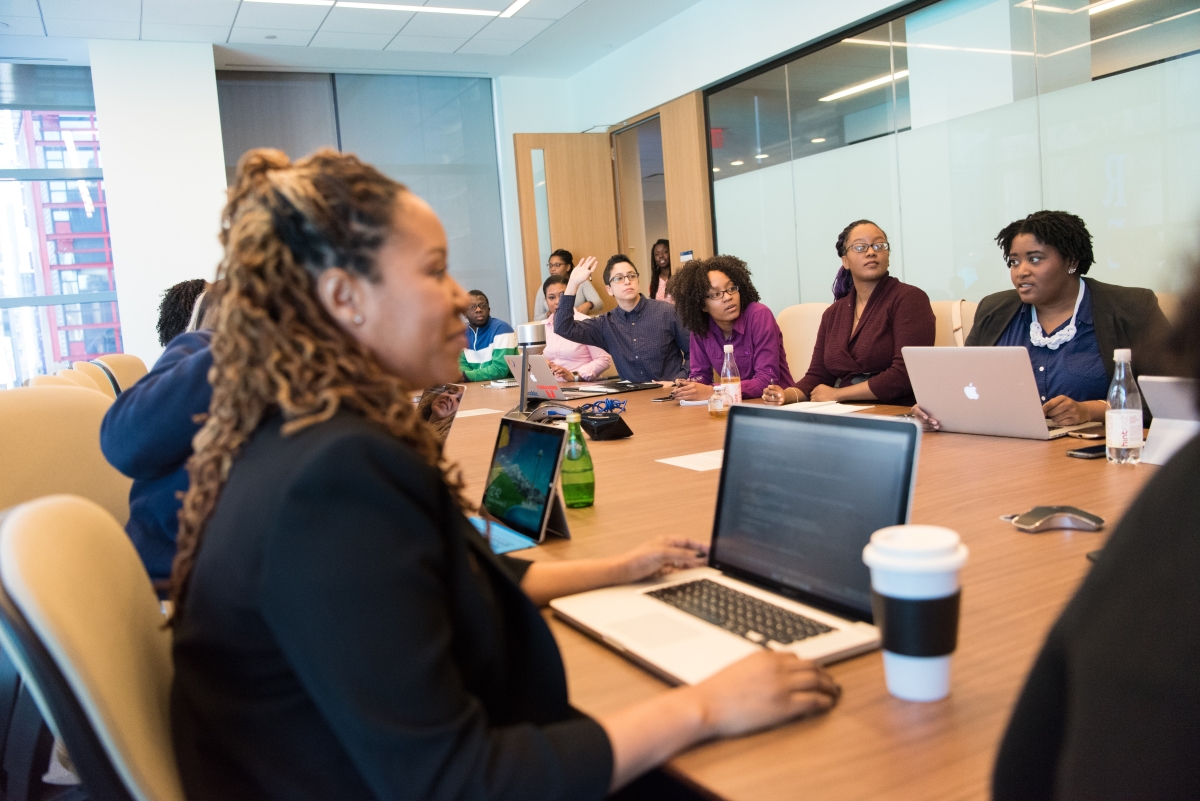A Process to apply The RICAP Framework to build a resilient and thriving organization
In Part One of this series we shared a process to reduce some costs immediately and others permanently (without laying off people). In this blog, we share a framework we created based on our readings and observations about organizations that have lived through several economic downturns and have not just survived, but continue to thrive by simply applying certain principles intuitively. We have now codified these principles and developed The RICAP Framework for organisations to create a blueprint to resilience and execute.
The RICAP Framework and the process to create and implement a blueprint for business resilience

The RICAP Framework (©iCube Consortium April 2020) is an approach to embedding resilience into the very core of a company’s way of thinking and functioning. Central to the understanding of resilient organizations are 5 principles that influence the way an organization functions through the 5 pillars.
So how does this work?
We take a 5 step process approach to apply the 5 principles to the 5 pillars of the framework.
Step 1: Understand the 5 principles
Relationship: Connectedness built on mutuality, reliability and predictability.
Mutuality is about how two parties stand to gain when they agree to come together. Partnerships become predictable and reliable when they are built on strong foundations of aligning each other’s business purpose.
Innovation: Creative use of resources to generate new or alternate solutions.
Whether it is people, infrastructure, machinery, real estate or other assets, how can you use these resources to create something new or figure out alternate solutions to solve a problem?
Collaboration: Sharing resources to generate efficiency.
Achieving collective results whether internal or external. The support that you provide other team/enterprise for them to succeed is the true essence of collaboration.
Agility: Maintaining balance while adapting or responding to change with speed and flexibility.
Being nimble and alert to changing business environment, thinking through quickly to alter course that will continue to build the business is the essence of this principle. What should you do to review or reimagine your business & execute, playing to the core strengths of the enterprise?
Prudence: Relentless balancing between needs and wants.
This is a ruthless evaluation of what you really need for the business and what your wish list of wants could be. It is not just about reducing costs but also in assessing strategy, technology, people or structure. How will you distinguish between the two to eliminate inefficiency?
In general, no single principle is more important than others. However, in a given situation, one or two principles may take prominence over the others.
Step 2: Understand the stated definitions of the 5 pillars of a business
The pillars are Structure, People, Strategy, Process and Technology. Each of these are critical to run the business and are closely interrelated with each other. In other words, a cause and effect relationship exists between each of the pillars. For example if you add or reduce people, it will impact the Structure or the Process pillar.
Step 3: Assemble leadership team to study the 5×5 RICAP matrix and brainstorm
There are two ways of applying the 5×5 matrix. One way is to take one principle and review the matrix across 5 pillars. For example, take Prudence and review what it means across the 5 pillars of your business. The second way is to choose one pillar and review across all 5 principles. For example, choose Strategy and brainstorm how it pans out across the five principles.
Once in a year, at the point of goal setting for the new financial year, a review of all five pillars and five principles helps in sharpening the business goals. On the other hand, the matrix can also be used to review one pillar at a point in time, for the enterprise or its smaller units. The framework acts as a powerful tool with built-in statements that trigger ideation process. Teams will quickly get into the rhythm of brainstorming and it saves time and resources.
A full review takes up to 10-12 hours for quality discussions and outputs. If you don’t have time then prioritize the pillar to focus on, and apply the 5 principles for an action plan.
Step 4: Create a blue print, build a consensus and finalize next steps
Once the brainstorming is done, create a roadmap for all five pillars. Prioritize and agree a set of actions with the top team. Agree on the resources needed, get a buy-in, finalize the roles and responsibilities and measures of success. The process will include clear plans to engage key influencers in the enterprise, allocate resources, detail the plan, form a program governance team, engage the larger organization, communicate and manage change, amongst other things.
Step 5: Execute the plan, ensure governance and conduct post implementation reviews
Sustained sponsorship of the program and adopting feedback with speed and agility is key to embedding the change. Conducting post implementation reviews on every major initiative will ensure continuous improvement and point out the mindset change needed in people, if required.
As research shows, any change is as good as the commitment of the leaders and the mindset change driven across the enterprise.
A note in conclusion
None of this is rocket science or fundamentally something new to experienced business leaders. However, our reason for creating The RICAP Framework is intended to bring together a structured approach and a process to continuously assess and build resilience in the organisations to thrive, not just survive!
Go ahead and Download the RICAP Framework Poster here

Chandrasekhar Pingali
Chandrasekhar Pingali, Founder, and MD of SolveCube, Singapore, is an established and well-known HR and business leader. SolveCube is an award-winning AI talent marketplace platform for short-term, full-time contingent, permanent and integrated talent solutions. Connect with him on LinkedIn
